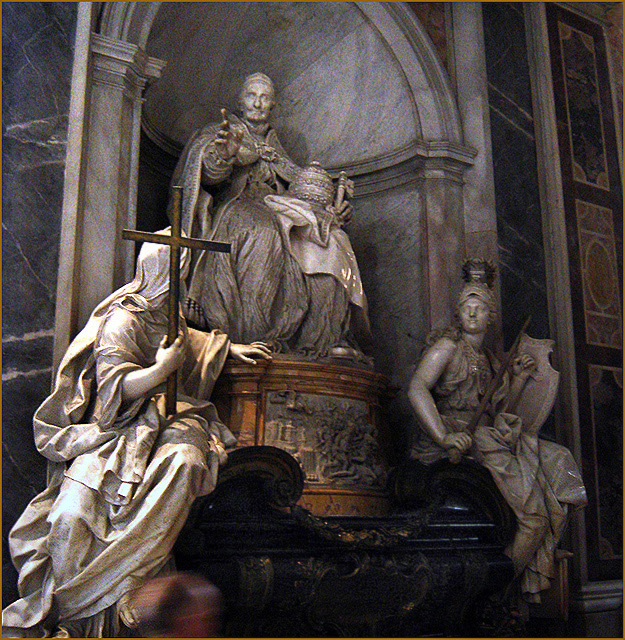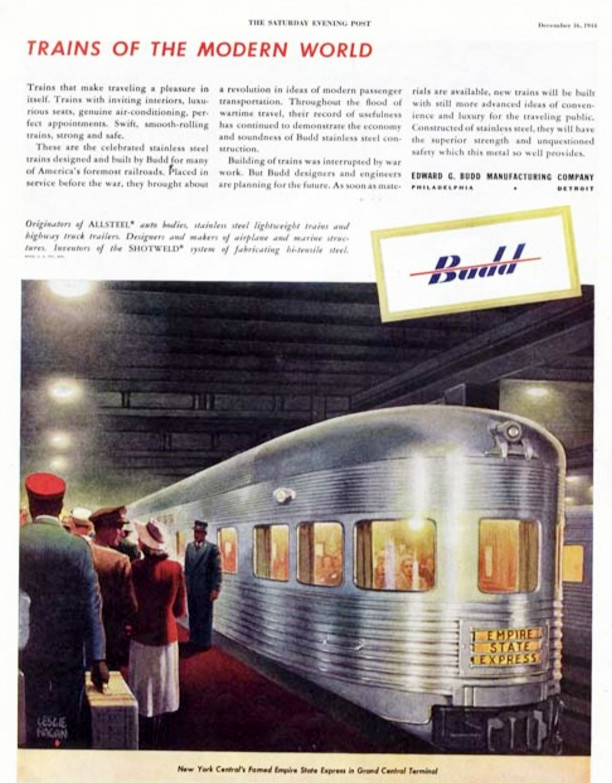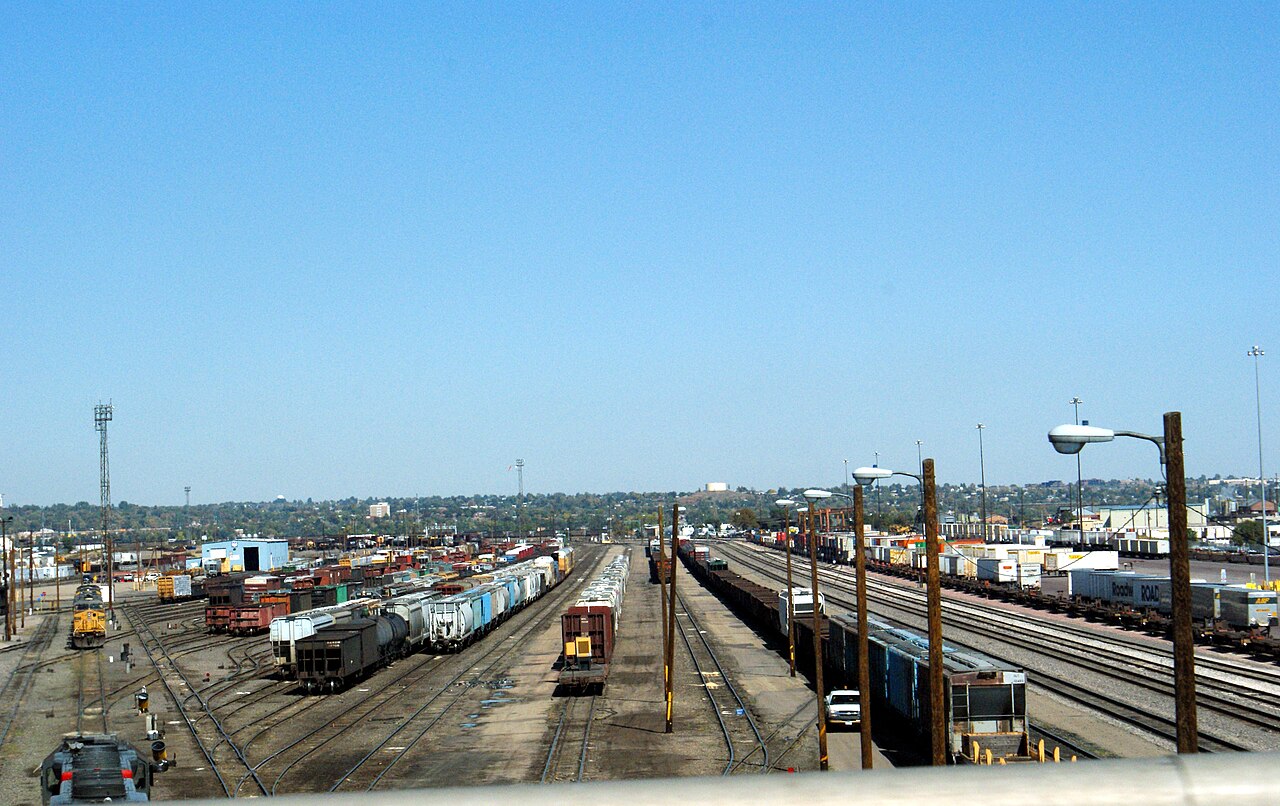The
17th-Century.
English: Pope Paul V.
Pope Paul V extended to The Universal Church
The Feast of The Holy Angels in 1608 (Feast Day 2 October).
Date: 1606.
(Wikimedia Commons)
Text from The Saint Andrew Daily Missal,
unless otherwise stated.
In 1608, His Holiness, Pope Paul V extended to The Universal Church The Feast of The Holy Angels (Feast Day 2 October).
Pope Gregory XV, in 1621, extended to The Universal Church The Feast of Saint Joseph, whose Feast Day (19 March) had been assigned at the end of the 15th-Century.
The Feast of The Most Holy Name of Mary (12 September), which had been approved by Rome in 1513, was extended to The Whole Church in 1683, by Pope Innocent XI, as an Act of Thanksgiving to Our Lady for the victory of King John Sobieski over The Turks, who had besieged Vienna.
English: Monument to Pope Innocent XI, Saint Peter's Basilica, Rome.
This Pope sanctioned The Feast of The Seven Sorrows of The Blessed Virgin Mary, in 1688.
Português: Monumento a Inocêncioa XI, Basílica de São Pedro, Vaticano.
Source: Own work.
Author: Ricardo André Frantz.
(Wikimedia Commons)
It was also Pope Innocent XI, who, in 1688, sanctioned The Feast of The Seven Sorrows of The Blessed Virgin Mary, which was extended to The Universal Church by Pope Benedict XIII in 1727 and assigned by Pope Pius IX to 15 September, The Octave Day of Our Lady's Nativity. [Editor: Please Note. There is another Feast of The Seven Sorrows of Our Lady, which is Celebrated on The Friday in Passion Week.]
In the 17th-Century, new Orders arose which gave themselves in a wonderful way to Preaching, Instruction, and Works of Charity. These included:
Saint Francis de Sales (†1622. Feast Day 29 January) Founded, together with Saint Jane Frances de Chantal (†1641. Feast Day 21 August), The Order of The Visitation;
The 17th-Century.
Saint Vincent de Paul (†1660. Feast Day 19 July) Founded The Congregation of Priests of The Mission, and, with the help of Saint Louise de Marillac (†1660. Feast Day 15 March), The Order of The Daughters of Charity;
Saint Camillus de Lellis (†1614. Feast Day 18 July) Founded a Congregation of Clerks Regular, to tend the sick;
Saint Francis Caracciolo (†1608. Feast Day 4 June) Founded The Order of Clerks Minor Regular;
Saint Joseph Calasanctius (†1648. Feast Day 27 August) Founded The Order of The Clerks Regular of The Pious Schools;
Saint Robert Francis Romulus Bellarmine (†1621. Feast Day 13 May)
was a Bishop and Doctor of The Church.
Saint John Eudes (†1680. Feast Day 19 August) Founded The Eudist Fathers, the propagators of The Liturgical Worship of The Sacred Heart, while, in addition, Our Lord manifested His Sacred Heart to Saint Margaret-Mary Alacoque, of The Order of The Visitation of Holy Mary (
V.H.M) (†1690. Feast Day 17 October);
Saint Robert Bellarmine (†1621. Feast Day 13 May), of The Society of Jesus, was a Bishop and Doctor and of The Church;
Saint Rose of Lima. (†1617. Feast Day 30 August).
The First Flower of Sanctity to spring up in The New World.
Saint Mary Magdalen dei Pazzi (†1607. Feast Day 29 May) is one of the glories of The Carmelite Order at this time, in the same way that Saint Fidelis of Sigmaringen (†1627. Feast Day 24 April) and Saint Joseph of Cupertino (†1663. Feast Day 18 September) were for The Franciscan Order, and Saint Andrew Avellino (†1608. Feast Day 10 November) were for The Order of Theatines;
Saint Rose of Lima (†1617. Feast Day 30 August) is The First Flower of Sanctity to spring up in The New World;
In 1623, was put to death Saint Josaphat, Ruthenian Archbishop of Polotsk (now in Belarus) (Feast Day 14 November), who sought to gather heretics and schismatics into union with Rome.
The 17th-Century.









.jpg)
.jpg)





















